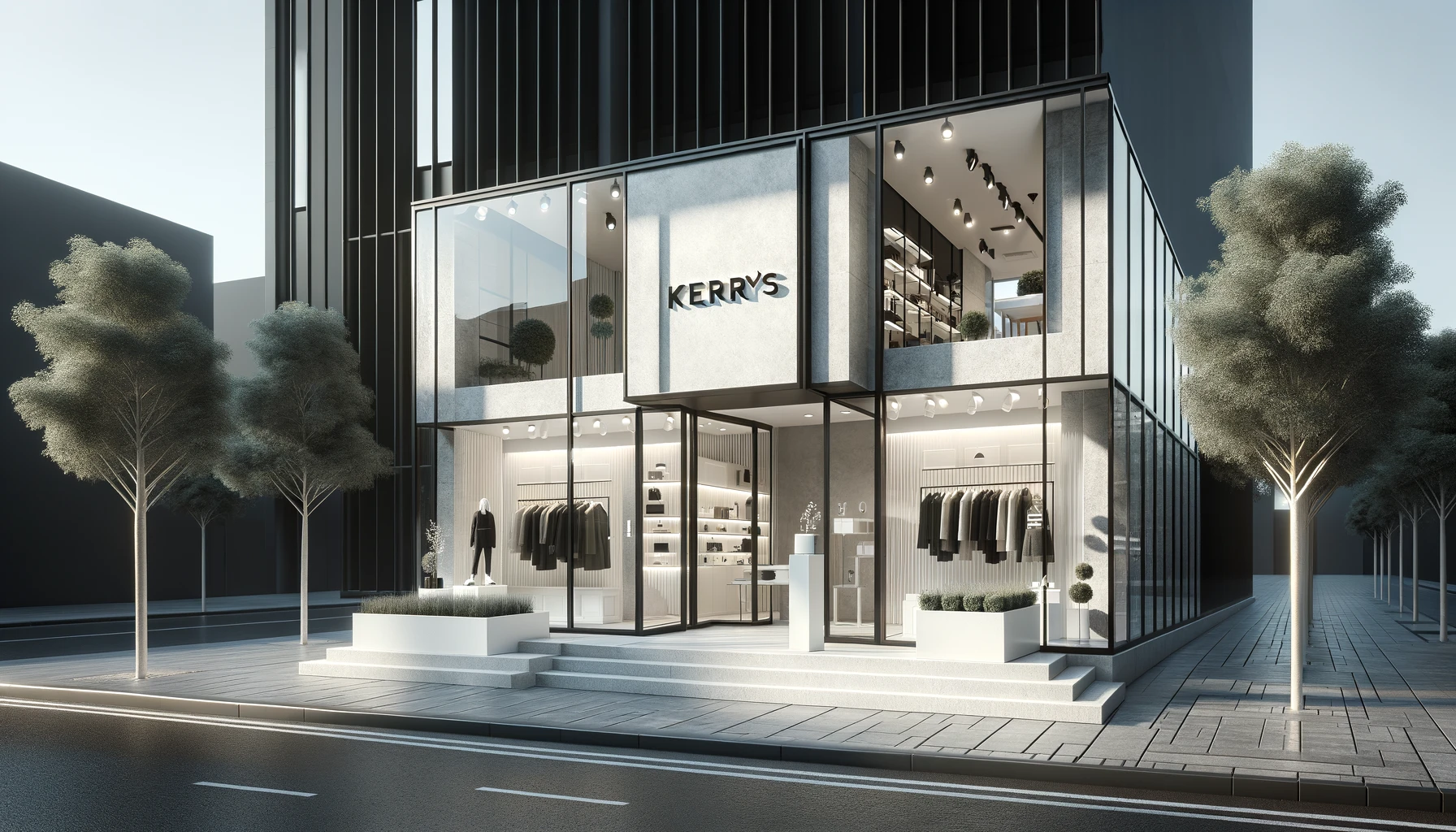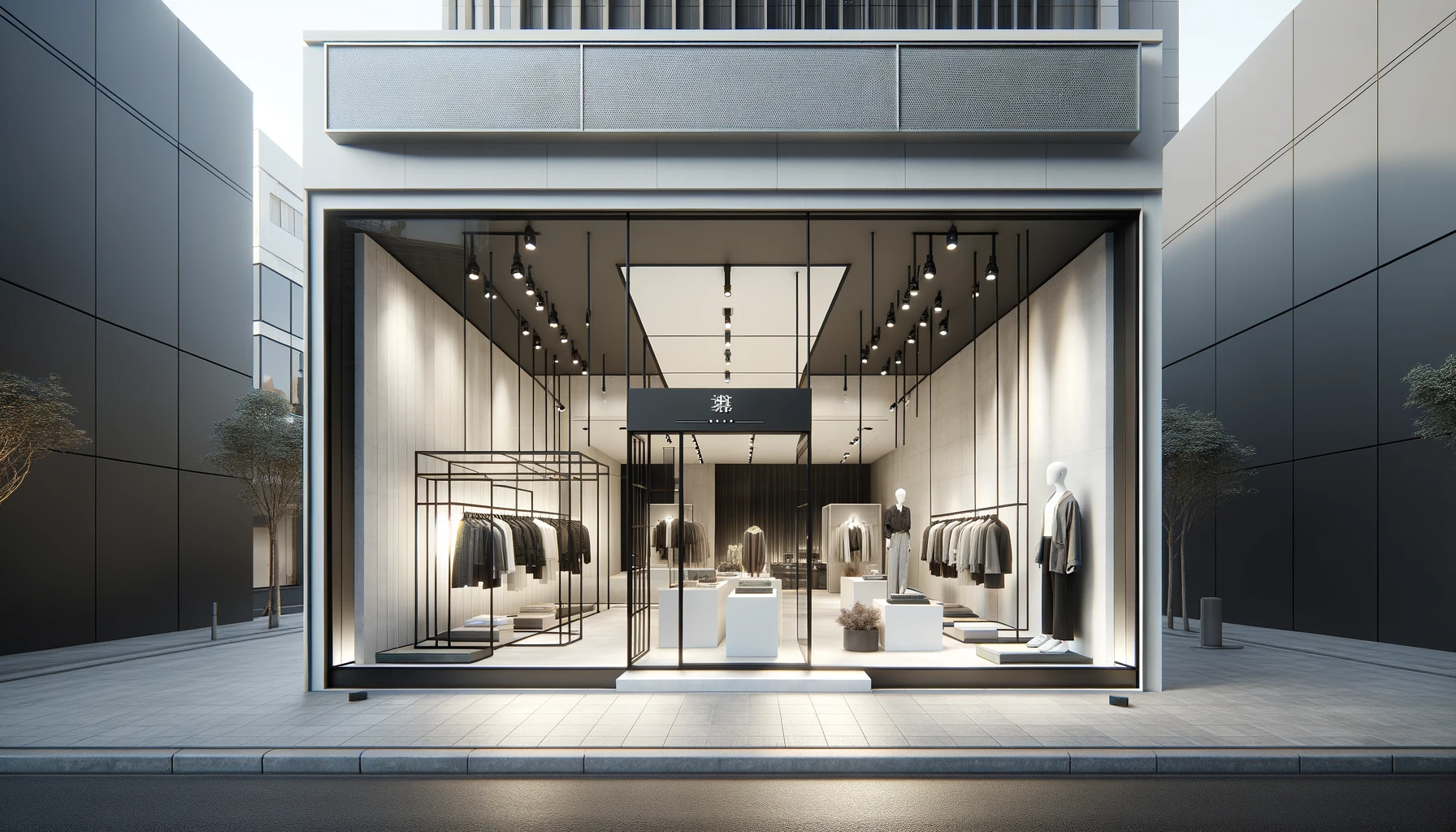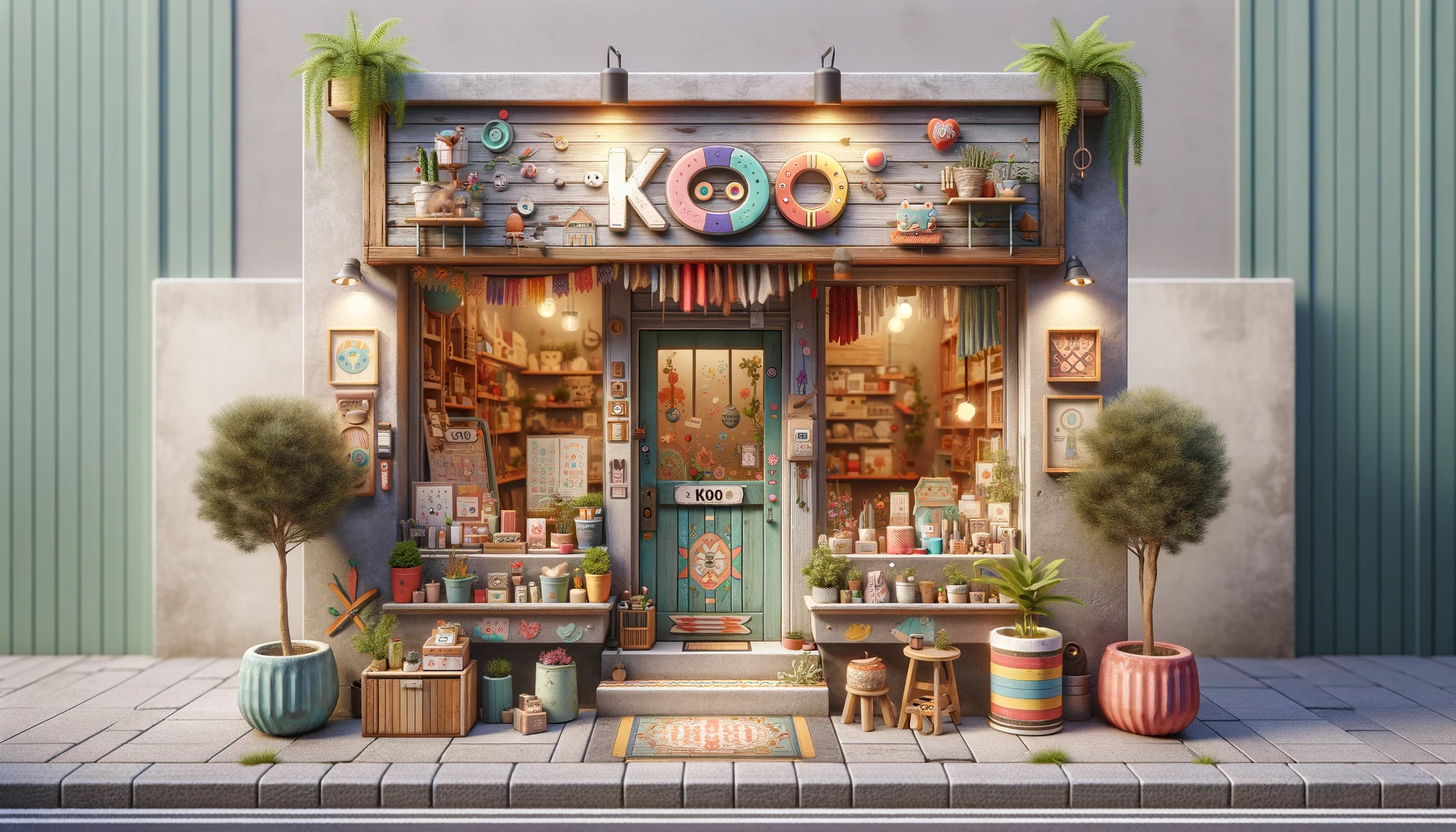20+ Years Experience
Specialist Aluminium Shopfronts

When it comes to designing a retail shop front, there are several key factors to consider to create a successful and eye-catching design. From understanding your target audience and brand identity to selecting the right location and staying within budget, every detail plays a crucial role in the overall success of your shop front.
In this article, our Aluminium Shopfront team will explore some essential factors to consider before designing a retail shop front, as well as design ideas and tips to help you create a visually appealing and successful storefront. So, let’s jump right in!
When designing a retail shop front, it is crucial to consider various factors that can significantly impact the success and appeal of the store.
Factors such as design, layout, and exterior appearance play a pivotal role in catching the attention of potential customers walking by. A well-thought-out layout can guide shoppers through the shop seamlessly, enhancing their overall shopping experience.

The use of eye-catching window displays, strategic lighting, and impactful signage can draw people in and create a sense of curiosity. Branding elements and visual merchandising techniques further reinforce the shop’s identity and help establish a connection with customers.
All these elements woven together harmoniously by retail architecture create a unique ambience that beckons foot traffic and leaves a lasting impression.
Understanding the target audience is a fundamental aspect of designing a small retail shop front, as it influences the entire customer interaction and shopping experience within the shop.
By identifying the target demographic, preferences, and behaviours, retailers can create a space that speaks directly to the needs and desires of their customers. This tailored approach resonates with the retail brand and fosters a sense of connection between the consumer and the shop.
Personalised elements in the shop front design, such as signage, lighting, and displays, can enhance the overall ambience and make shoppers feel more engaged. Understanding customer interactions plays a crucial role in building brand loyalty and ultimately boosting sales, as positive experiences can lead to repeat visits and word-of-mouth recommendations.
Establishing a strong brand identity through the retail shop front design is essential for creating a memorable and cohesive brand experience for customers.
Consistent branding elements like signage, colour schemes, and logo placement play a crucial role in reinforcing the brand’s identity. When these elements are harmoniously integrated, they become visual cues that customers associate with your brand.
An effective design strategy considers not only the exterior of the store but also the interior ambience. Aligning the interior decor with the brand ethos not only enhances brand recognition but also ensures a seamless transition for customers from outside to inside, creating a holistic brand experience that lingers in their memory.
The location of a retail shop front plays a critical role in determining its visibility, accessibility, and potential foot traffic, influencing its success in the market.
A retail shop front with high street visibility is more likely to attract passing customers, increasing the chances of spontaneous purchases.
Trade area demographics also have a significant impact on the design of a retail shop front, as understanding the target market can help in creating a space that appeals to the specific demographic.
Easy accessibility, such as ample parking or proximity to public transportation, can draw in more customers.
Neighbouring businesses can complement a retail shop front, creating a shopping destination that benefits all establishments involved.
Setting a realistic budget for the retail shop front design is crucial to ensure that the renovation or creation process aligns with the available resources and strategic goals.
Considering the various design elements involved, including shop front renovation, interior layout modifications, and competitive pricing strategies, understanding the financial aspects becomes paramount.

When balancing practicality and creativity within the allocated budget, it is essential to prioritise areas that will have the most significant impact on enhancing the overall customer experience and driving sales. By carefully evaluating cost-effective options and negotiating with vendors, businesses can optimise their retail space while staying competitive in the market.
If you are interested in getting a quote for the cost of a new shop front, please make sure to contact our team today.
Understanding the competitive landscape and market trends is essential for designing a retail shop front that can stand out, attract customers, and boost sales amidst industry competition.
By researching competitors’ store designs, pricing strategies, and marketing tactics, a retailer can gain valuable insights into what works in the industry. Observing consumer preferences and behaviour can inform decisions on layout, colour schemes, and product placement.
Incorporating innovative design elements such as interactive displays, personalised experiences, or eco-friendly practices can capture market attention and set the store apart. Leveraging technological advancements like VR experiences or mobile shopping integrations can also elevate the customer experience and drive sales growth.
When exploring design ideas for a retail shop front, creativity and innovation are key to creating a visually appealing and unique storefront that captures customers’ attention.
One of the fundamental aspects to consider is how the exterior aesthetics complement the brand identity and target audience. Engaging window designs can serve as enticing previews of the products inside, drawing potential customers towards the entryway.
A well-thought-out lighting scheme can enhance the ambience and highlight key products or displays, creating a welcoming atmosphere. Signage placement plays a crucial role in guiding customers through the store and communicating brand messaging effectively.
By integrating these elements cohesively, a store can establish a strong visual presence that sets it apart from competitors.
Window displays serve as the first impression of a retail shop front, enticing passersby with attractive displays that showcase merchandise and highlight the store’s offerings.
By strategically curating window displays that align with the store’s brand identity, retailers can effectively communicate their unique selling points and draw in potential customers.
Incorporating seasonal themes and trends into the displays can create a sense of relevance and urgency, encouraging viewers to step inside.
Utilising creative product showcasing techniques, such as grouping items by colour or theme, can help create visually cohesive displays that capture attention and promote merchandise effectively.
These strategies not only enhance the overall shopping experience but also maximise the impact of window presentations in driving foot traffic and boosting sales.
Bold signage plays a crucial role in enhancing the store’s visibility, attracting attention, and communicating the brand message effectively from the retail shop front.
The design and placement of signage can make a significant impact on how a store is perceived by passers-by. A well-designed sign that aligns with the brand’s aesthetic and messaging can not only grab attention but also create a lasting impression.
When strategically placed to maximise street visibility, signage becomes an essential tool in driving foot traffic and increasing storefront appeal.
It serves as a silent yet powerful salesperson, drawing customers towards the store and encouraging them to explore what lies inside.
Incorporating interactive elements into the retail shop front design can enhance customer engagement, create memorable experiences, and showcase innovative retail technology solutions.
By integrating these elements seamlessly, retailers can capture the attention of shoppers and encourage prolonged interactions within the store environment.
Through digital signage, customers can easily access product information, promotions, and interactive displays that offer a unique and immersive shopping experience. Augmented reality experiences further elevate customer engagement by allowing them to visualise products in real time and try out virtual samples before making a purchase.
Such technological advancements not only align with the brand’s image but also help in creating a dynamic and futuristic shopping atmosphere that fosters customer loyalty and drives sales.
Using unique materials in the retail shop front design can create a distinctive ambience, elevate the shop’s aesthetics, and establish a memorable retail environment for customers.
By incorporating sustainable finishes, such as reclaimed wood or recycled glass, the shop’s design not only speaks to eco-conscious consumers but also adds a sense of authenticity and warmth.

Innovative textures like concrete walls or metal fixtures can infuse a modern edge, attracting a younger demographic.
Incorporating unconventional decor elements, like hanging planters or artistic lighting fixtures, can spark curiosity and engagement, making the retail space feel dynamic and inviting.
The careful selection of materials plays a crucial role in harmonising different design elements to ensure a cohesive and visually captivating retail environment.
Strategic lighting choices can transform the ambience of a retail shop front, highlighting key features, enhancing merchandise presentation, and optimising the overall functionality of the retail space.
By carefully considering lighting design, retailers can create an inviting atmosphere that draws customers in and encourages them to explore the store. The interplay of light and shadows can add depth and visual interest to product displays, enticing shoppers to engage with the merchandise on a deeper level.
Proper lighting placement can guide customer flow effectively, leading them through different sections of the store and prompting them towards specific areas or featured products.
Finding the balance between functional lighting needs for visibility and safety, and the aesthetics of creating a visually appealing shopping environment is key to maximising the impact of lighting solutions in retail settings.
Designing a successful retail shop front involves incorporating eye-catching elements, optimising the store layout for customer flow, and creating an inviting store atmosphere that drives sales and enhances the overall shopping experience.
One crucial aspect to consider is the exterior enhancement of your retail space. A visually appealing storefront that stands out can attract passersby and make them curious to step inside. Utilise creative signage, lighting, and window displays to draw attention.
When it comes to interior aesthetics, focus on creating a harmonious layout that guides customers through the store seamlessly. Use lighting strategically to highlight key products and create a warm ambience. By implementing these design strategies, you can transform your retail shop into a magnet for potential customers.
Simplicity in design can often have a powerful impact on the retail shop front, creating a clean and practical store layout that enhances customer navigation and highlights key merchandise.
By adopting a minimalist design approach, a retailer can significantly reduce clutter, thereby allowing customers to focus on the essential branding elements and products on display. Simplifying signage and display arrangements not only streamlines the overall aesthetic but also helps in guiding customers effortlessly through the store.
A minimalist interior decor can create a cohesive and user-friendly retail environment that resonates with customers seeking a more curated and sophisticated shopping experience.
Incorporating eye-catching colours into the retail shop front design can enhance the store’s visual appeal, create a cohesive colour scheme that reflects the brand identity, and attract customers with vibrant aesthetics.
Understanding the psychology of colours plays a crucial role in retail design. Colours have the power to evoke specific emotions in customers, influencing their perceptions and behaviour within the store. By strategically selecting colour combinations that resonate with the target audience, retailers can create a welcoming atmosphere that encourages customers to engage with the products and the brand.
Warm tones like red and orange can signify energy and excitement, while cool shades like blue and green evoke calmness and trust. By aligning the colour palette with the brand image, retailers can establish a memorable visual identity that sets them apart in a competitive market.
By adapting the décor to align with upcoming holidays or seasons, retailers can bring a fresh and festive atmosphere to their shop, attracting the attention of passers-by and creating a sense of excitement.
Seasonal promotions and thematic displays not only add visual appeal but also provide customers with a reason to visit the shop regularly to see what new offerings are available. This strategy helps drive footfall, increase sales opportunities, and build stronger connections with the local community through shared experiences and traditions tied to the season.
Integrating cutting-edge technology into the retail shop front design can revolutionise the customer experience, offering interactive displays, digital signage solutions, and immersive experiences that blend the physical and digital realms.
For example, interactive displays provide customers with the opportunity to engage directly with products by accessing additional information, viewing product demos, and even virtually trying on items.
Augmented reality features, on the other hand, enable shoppers to visualise how products would fit into their lives before making a purchase. Digital signage can dynamically showcase promotions and highlight key product features, attracting passers-by and enticing them to step inside.
These tech solutions not only create a personalised shopping journey but also drive foot traffic and increase customer engagement, ultimately leading to enhanced brand loyalty and satisfaction.
Maintaining brand consistency and staying true to your brand identity in the retail shop front design is essential for building brand recognition, fostering customer loyalty, and creating a cohesive brand experience across all touchpoints.
By aligning the shop front design with the brand’s core values, visual identity, and messaging, businesses can reinforce brand authenticity and instil trust in customers.
When the shop front reflects the same values and visual elements as other brand assets, it creates a strong connection with consumers and enhances brand recall.
Consistency in design helps make the brand memorable and easily recognizable, whether in physical stores or across digital platforms, reinforcing a unified brand presence that resonates with consumers.
Exploring examples of successful retail shop front designs can provide inspiration and insights into creative, innovative, and trend-setting approaches that have captivated customers and set new standards in retail design.
These exceptional design concepts not only draw in foot traffic but also create a sense of intrigue and excitement for potential customers passing by. By utilising a mix of striking architectural elements, eye-catching signage, and strategic placement of windows and lighting, these retail shops have effectively sparked curiosity and generated a buzz within their respective communities.
In turn, this heightened visibility has not only increased footfall but also solidified brand recognition, making these stores a destination for shoppers seeking a unique and memorable retail experience.
We Aim To Reply To All Enquiries With-in 24-Hours